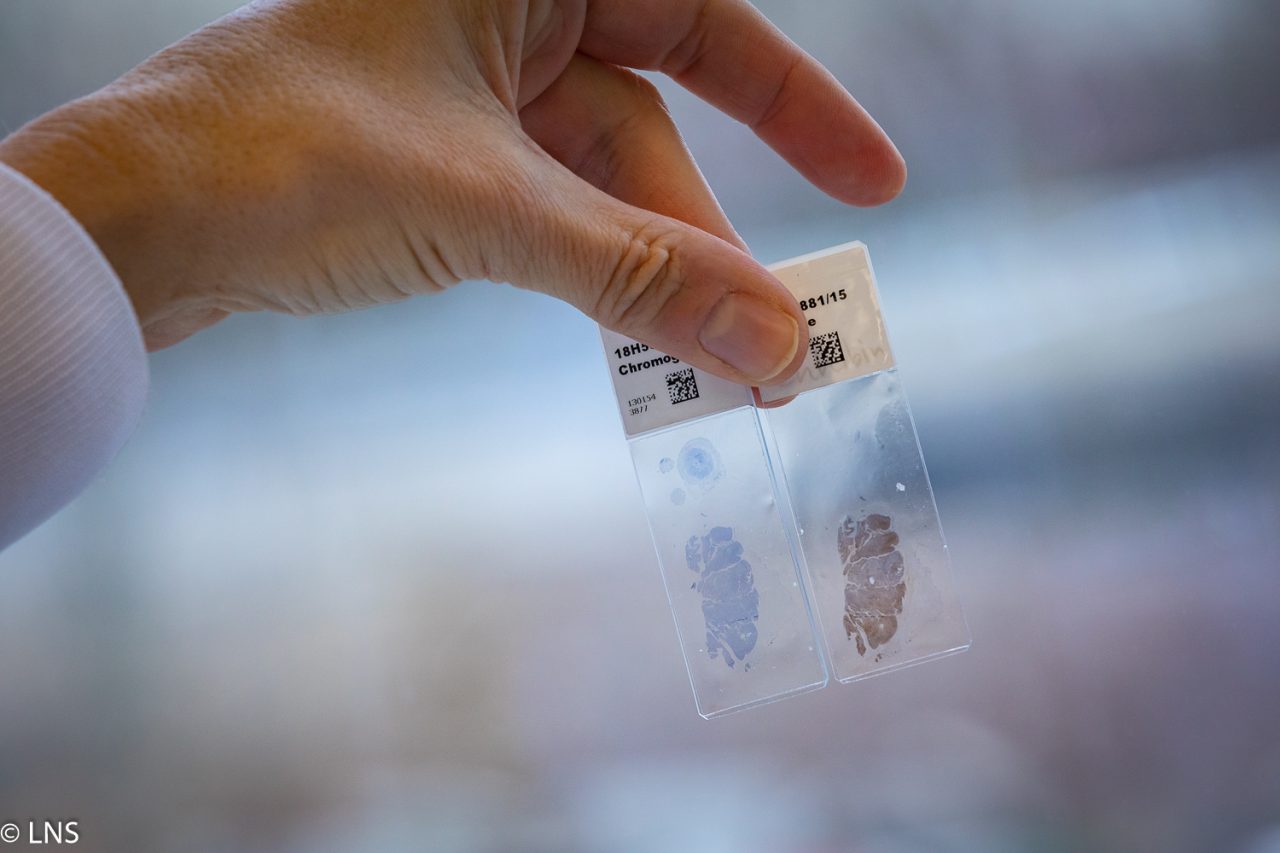

Authors: Jennewein L, Bartsch G, Gust K, Kvasnicka HM, Haferkamp A, Blaheta R, Mittelbronn M, Harter PN, Mani J
Testicular germ cell cancer in a metastatic state is curable with a cisplatin‑based first line chemotherapy. However, 10‑15% of these patients are resistant to first line chemotherapy and are thus left with only palliative options. Immunotherapies and inhibition of angiogenesis used in multiple types of cancer; however, the molecular context of angiogenesis and immune checkpoints in the development and progression of testicular cancers is still unknown. Therefore, the present study performed tissue micro array based analysis of 84 patients with immunohistochemistry of programmed cell death protein 1 (PD‑1), programmed cell death ligand 1 (PD‑L1) and vascular endothelial growth factor receptor 2 (VEGFR2) of testicular cancer and corresponding normal appearing testis tissue, matching the results with clinical data. The results demonstrated that PD‑L1 was significantly upregulated in testicular tumors and that PD‑1 positive cells significantly infiltrated the testicular tumor when compared with normal testicular tissue. VEGFR2 was significantly upregulated in testicular cancer. It was indicated that PD‑1 expressing cytotoxic cells may require pathologic tumor vessels to pass the blood‑testis‑barrier in order to migrate into the tumor. Notably, when matching the clinical data for PD‑1, PD‑L1 and VEGFR2 there were no differences in expression in the different International Germ Cell Cancer Collaborative Group stages of non‑seminoma. These data suggested that the anti‑PD‑1/PD‑L1 immunotherapy and the anti‑angiogenic therapy, sequentially or in combination, may be a promising option in the treatment of testicular cancer.
Oncology Letters, 15(6), 9852–9860